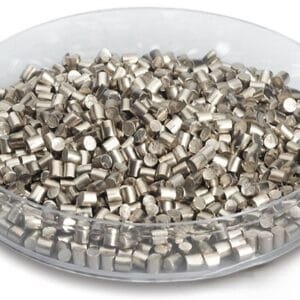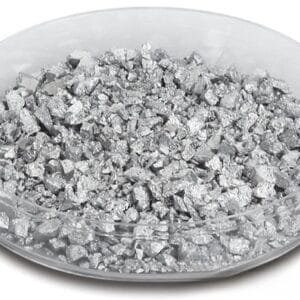Lanthanum Oxide Evaporation Materials Overview
Lanthanum Oxide Evaporation Materials from Thin-Film Mat Engineering (TFM) are high-purity compounds with the chemical formula La₂O₃. These materials are essential for achieving superior quality in deposition processes. With a purity level of up to 99.9995%, our lanthanum oxide evaporation materials are meticulously produced to ensure exceptional reliability and performance.
Related Products: Lanthanum Evaporation Materials
Lanthanum Oxide Evaporation Materials Specification
| Material Type | Lanthanum oxide |
| Symbol | La2O3 |
| Color/Appearance | White Solid |
| Melting Point | 2,315 °C |
| Theoretical Density | 6.51 g/cm3 |
| Purity | 99.5% ~ 99.99% |
| Shape | Powder/ Granule/ Custom-made |
Applications
Lanthanum oxide evaporation materials are widely used in:
- Deposition Processes: Ideal for semiconductor deposition, chemical vapor deposition (CVD), and physical vapor deposition (PVD).
- Optics: Utilized for wear protection, decorative coatings, and display technologies.
Packaging and Handling
Our lanthanum oxide materials are carefully tagged and labeled to ensure easy identification and stringent quality control. We prioritize the protection of our products during storage and transport to prevent any damage.
Contact Us
At Thin-Film Mat Engineering (TFM), we are a premier supplier of high-purity lanthanum oxide evaporation materials. We offer various forms, including tablets, granules, rods, and wires, with custom options available upon request. In addition, we provide a range of evaporation sources, boats, filaments, crucibles, heaters, and e-beam crucible liners. For current pricing and additional inquiries, please reach out to us directly.


 MSDS File
MSDS File



Reviews
There are no reviews yet.